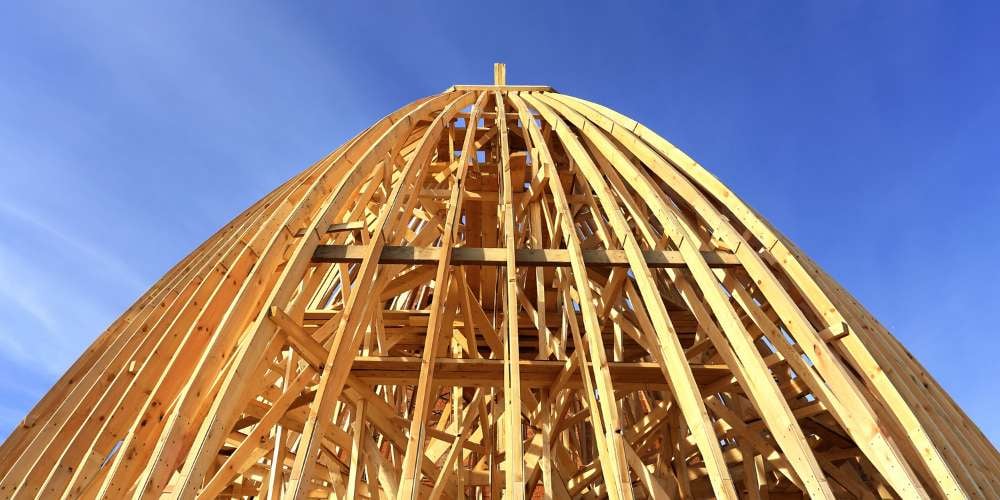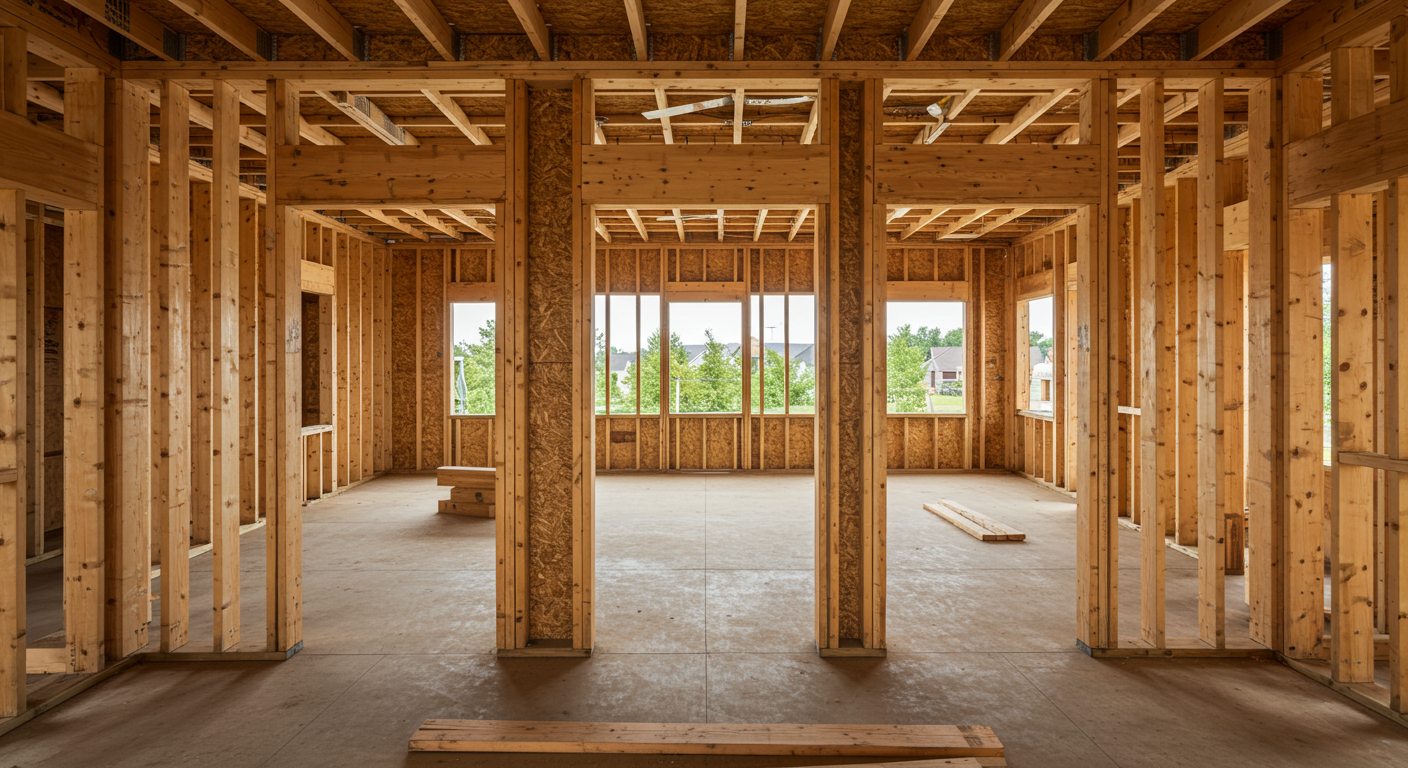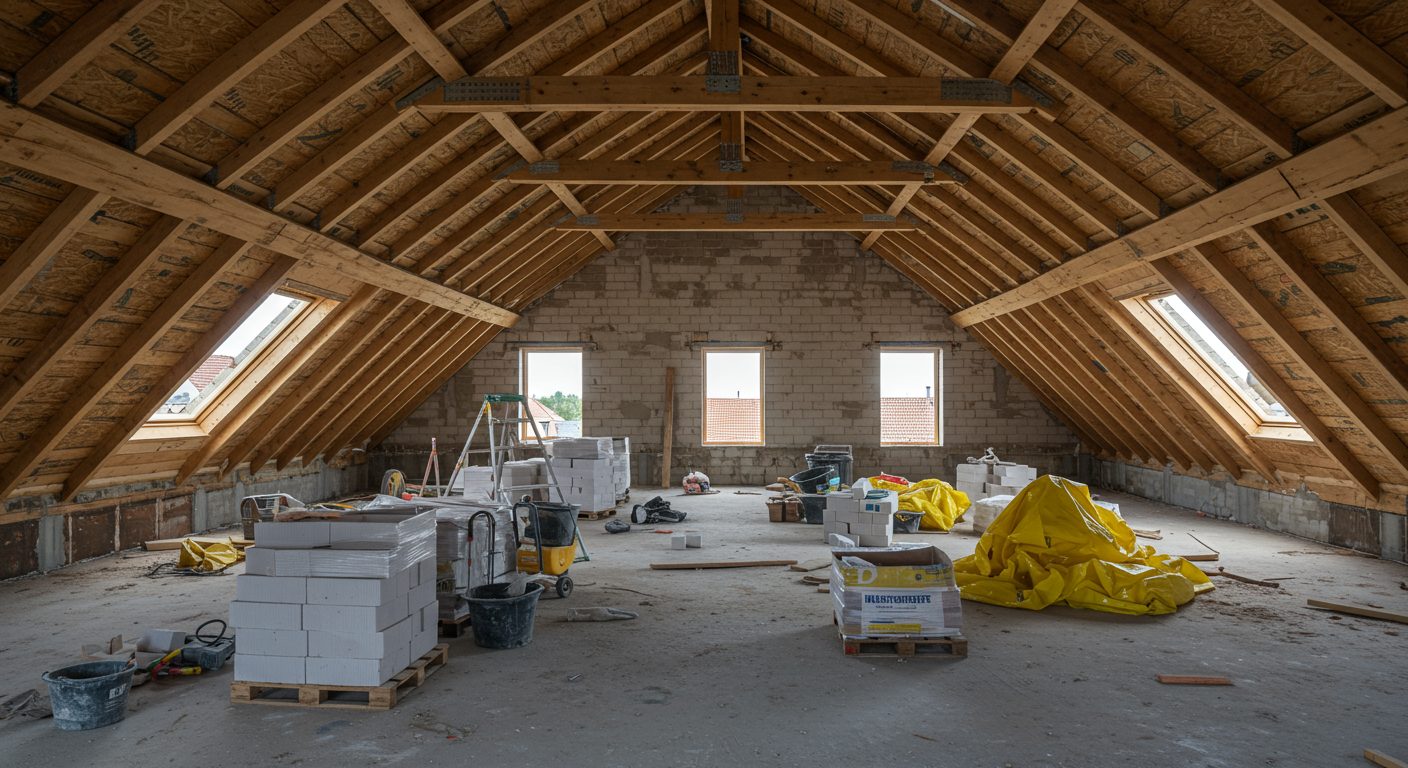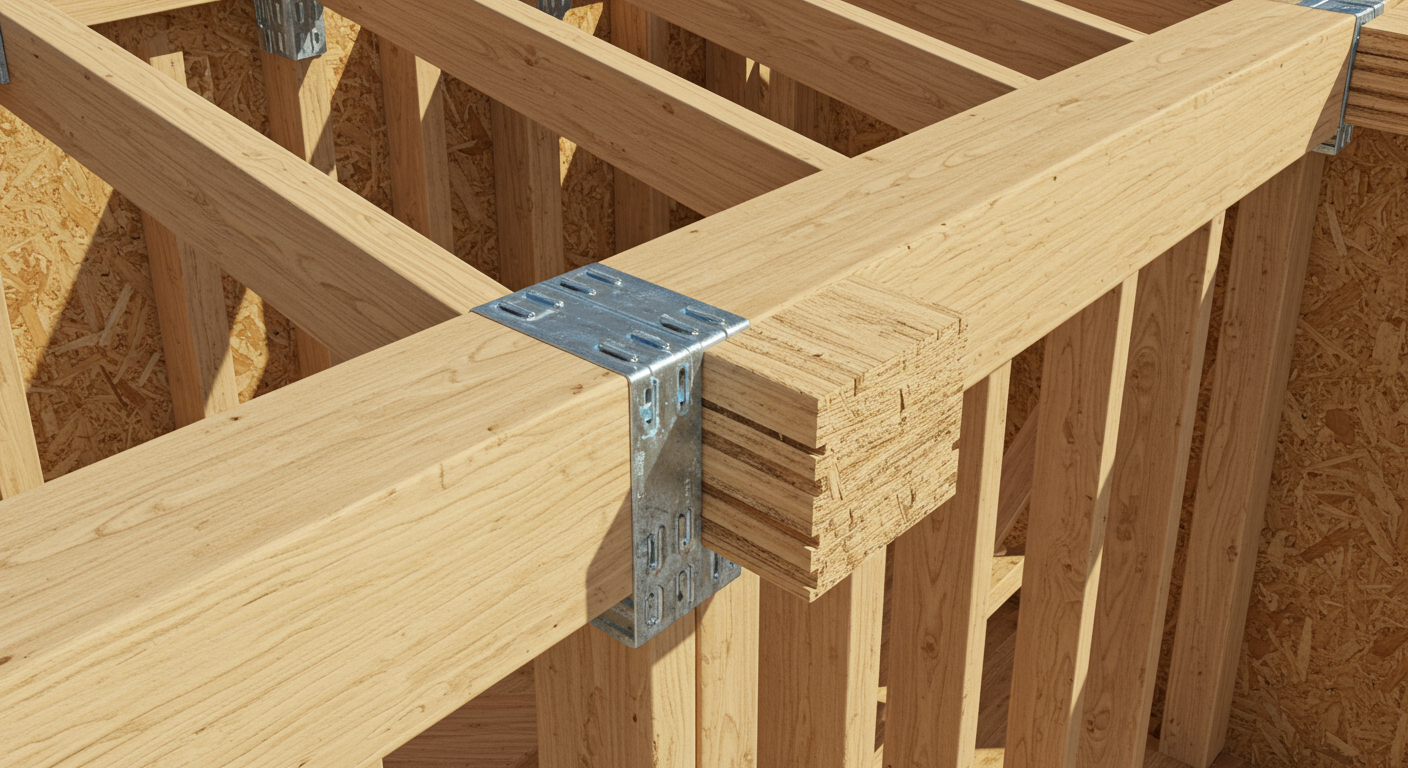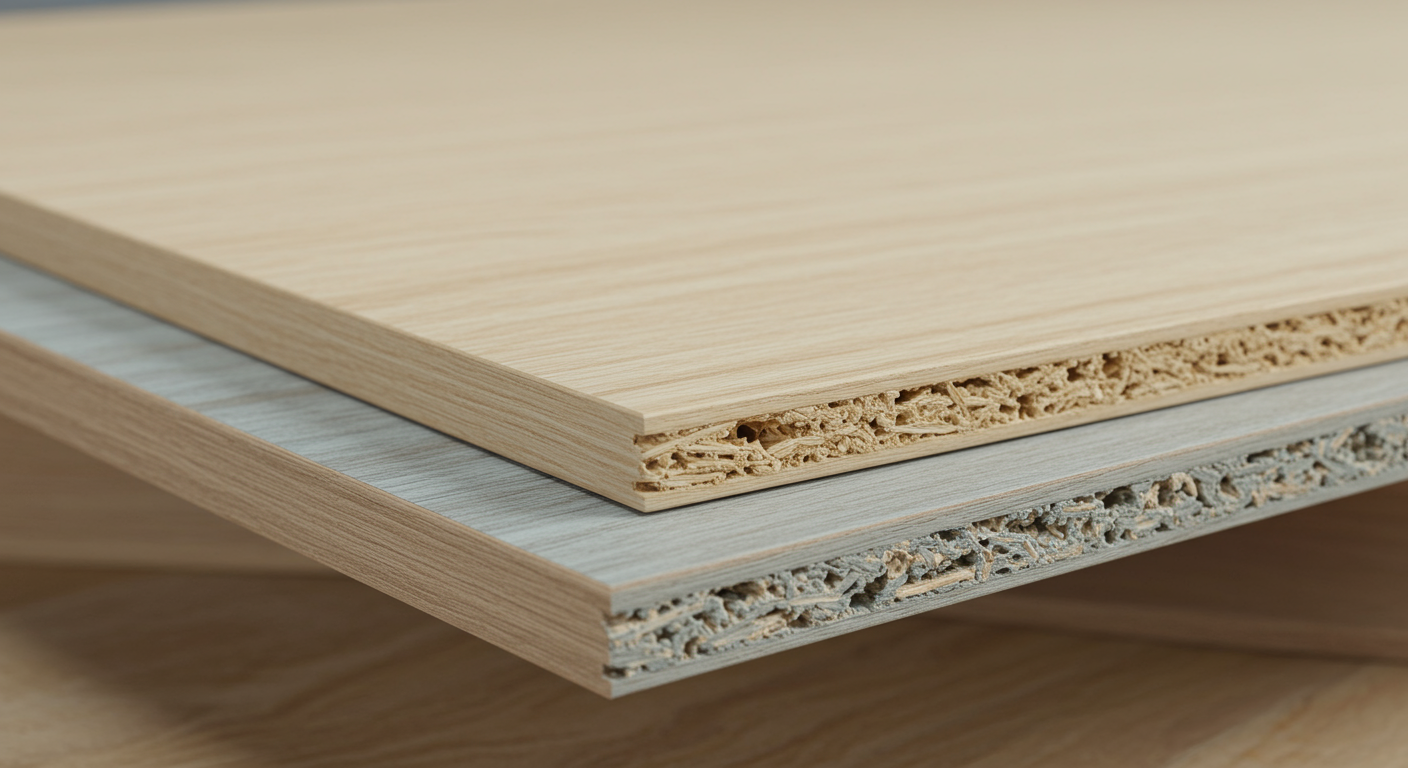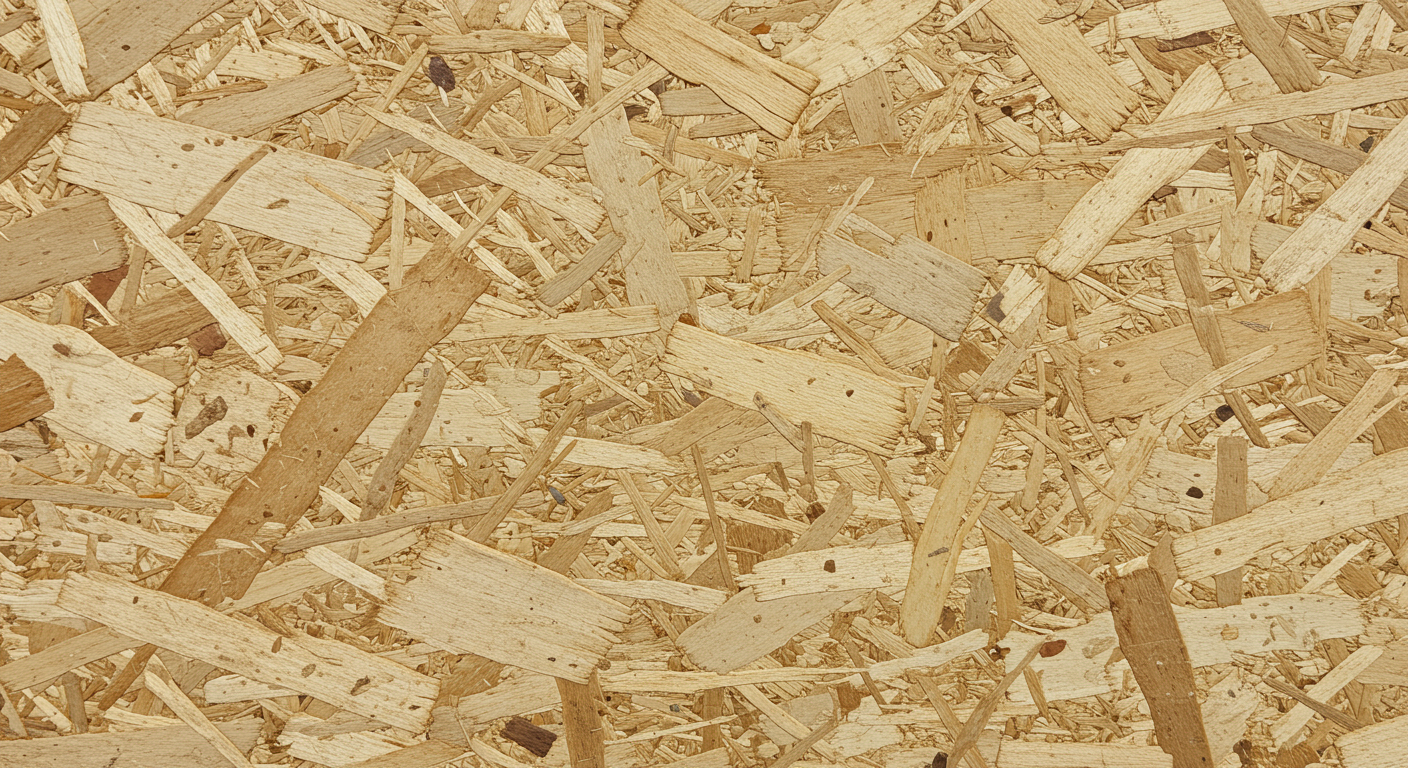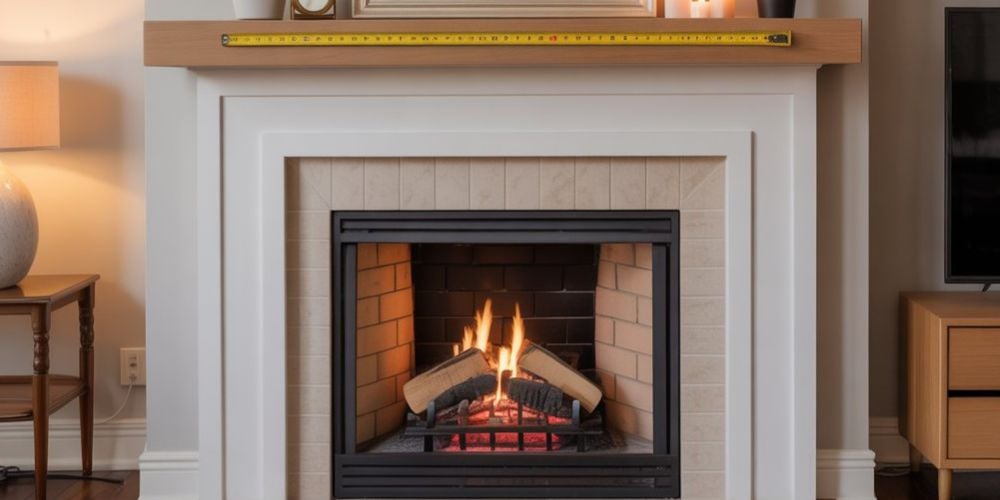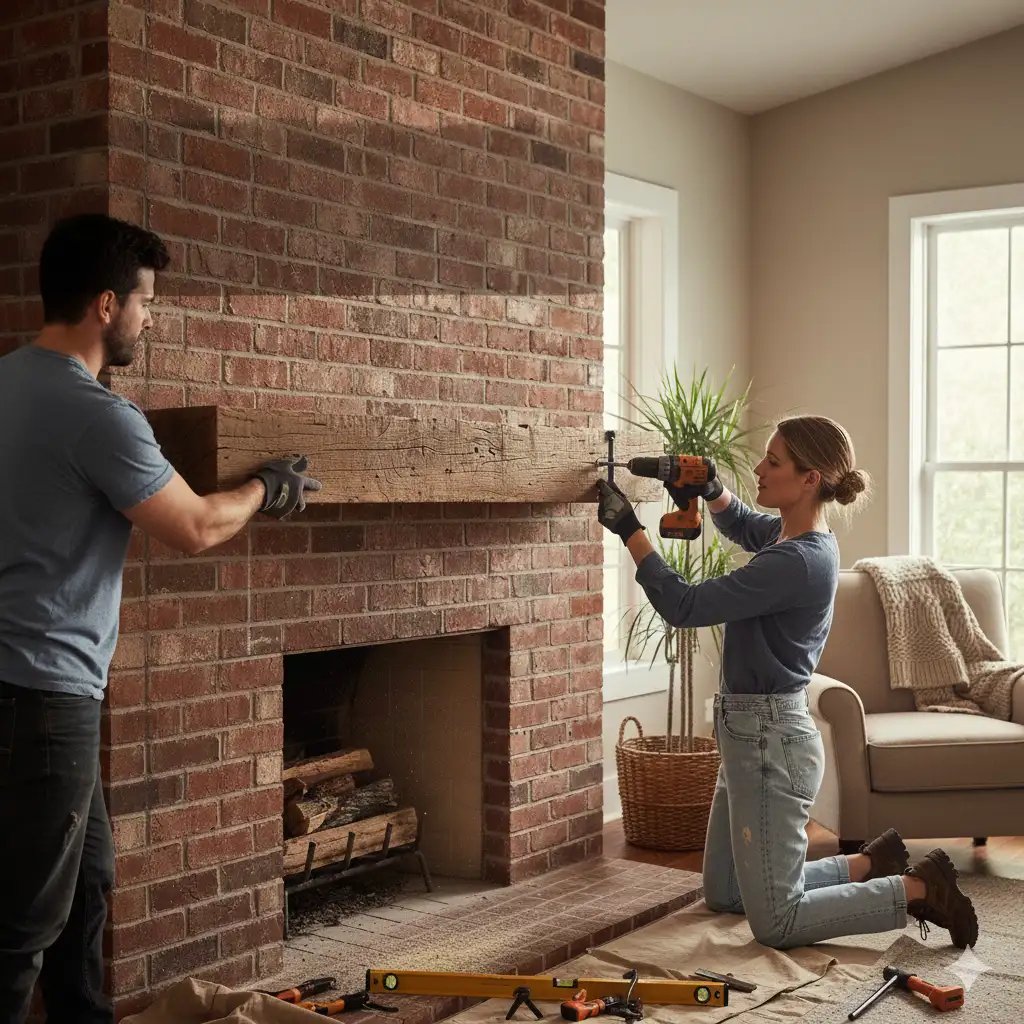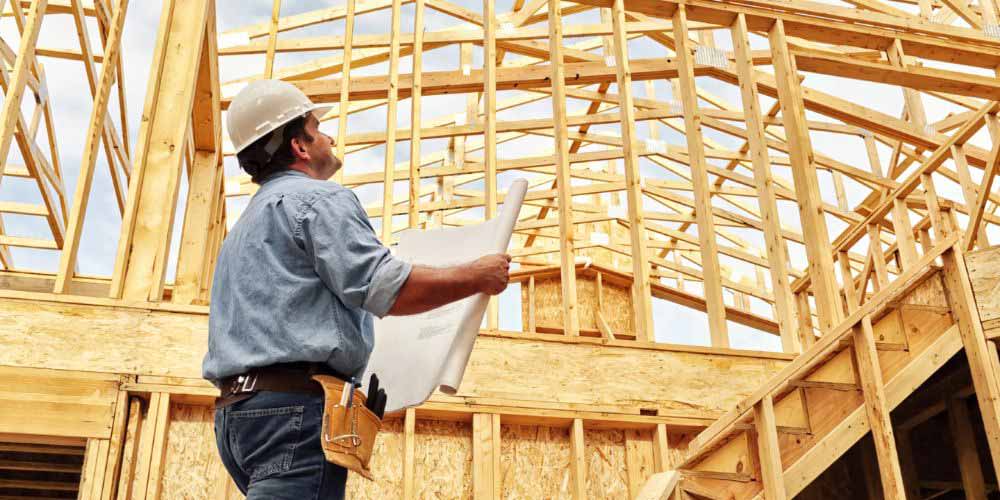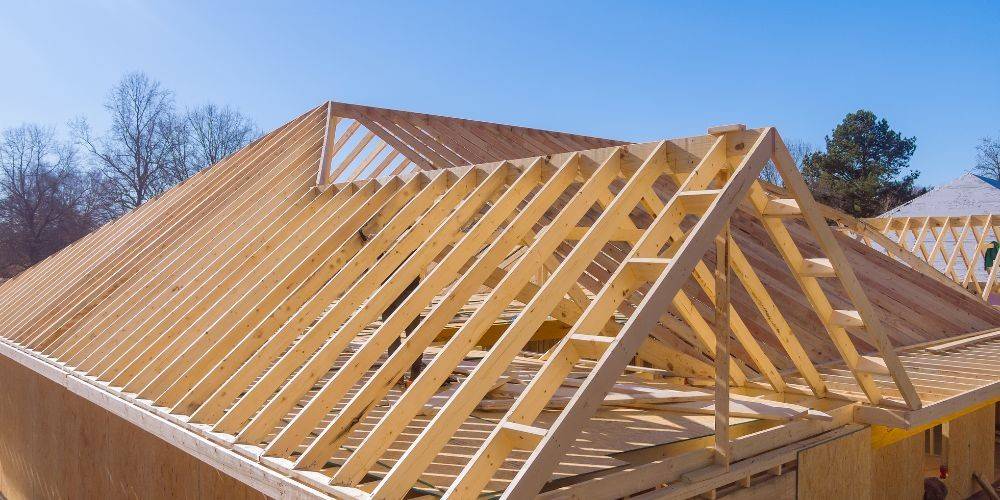Structural Composite Lumber (SCL) is a modern construction material made of wood fibers, veneers, or strands to create sturdy and dependable production merchandise. Its design makes it more robust and stable than regular timber, making it a popular choice.
Many applications utilize structural composite lumber, including residential homes and massive commercial buildings. It offers many advantages, which include improved stability, consistency, and sustainability.
Let's discuss in detail all about this strong creation material, including its different types.
What Is Structural Composite Lumber?
Structural composite lumber (SCL) is a family of engineered timber products that includes laminated veneer lumber (LVL), laminated strand lumber (LSL), parallel strand lumber (PSL), and orientated strand lumber (OSL).
SCL design overcomes some natural boundaries of natural wood., including knots and irregular grain styles, which could weaken the timber. The construction industry primarily uses this piece for applications such as beams, headers, studs, joists, and columns.
Primary Uses of Structural Composite Lumber
Structural composite lumber(SCL)'s robust construction tool serves various needs, including:
- It is frequently used for beams and headers in homes because it offers strong support for roofs, flooring, and partitions.
- It works nicely as a joist and rafter for floor and roof structures.
- Builders use SCL for higher strength and stiffness wall studs to support heavy loads.
- It is also used as rim boards, which enclose the ends of floor joists to provide a finishing touch and additional strength to the floor.
- Because of its durability and strength, SCL is ideal for stair stringers that support regular foot traffic.
Benefits of Structural Composite Lumber
Here are the well-known benefits of this vital material.
- It is stronger and more stable than the solid-sawn lumber.
- It resists warping, splitting, and shrinking, which helps structures last longer.
- It can serve various applications, from beams and joists to framing and shelving.
- It resists moisture and decay, which makes it a suitable material for outdoor use.
- It is available in ready-to-use sizes, which reduces the time needed to measure and cut on construction sites.
- It is more readily available than traditional lumber.
Different Types of Structural Composite Lumber
Structural composite lumber(SCL) has a variety of products to meet different construction needs. These are:
Laminated Veneer Lumber (LVL)
Workers bond thin layers of wood veneers with solid adhesives under high heat and pressure to create LVL. This process ensures that the wood grains in each layer run in the same direction and enhances the strength and stability of the final product.
It can bear heavy loads and resist warping or splitting better than traditional lumber. Moreover, it is commonly used for beams, headers, and structural framing where strength is critical.
Parallel Strand Lumber (PSL)
Parallel strand lumber(PSL) is created by layering veneer strands together with strong adhesives. Workers coat these strands with a resin that, when compressed under heat, helps them bond tightly, usually making them about three inches wide. One of the most significant advantages of using PSL is its uniformity.
Additionally, it's an environmentally friendly option as it uses smaller, Younger trees and factory scraps that workers might otherwise waste. PSL is a durable and reliable choice for builders looking for long-lasting materials.
Laminated Strand Lumber (LSL)
Laminated strand lumber(LSL) is made by layering wood strands in specific orientations and bonding them with adhesives. This process ensures that LSL can bear heavy loads and resist warping or shrinking, making it an excellent choice for beams, door and window frames, and furniture. It has a length-to-thickness ratio of about 150.
One critical advantage of LSL is its consistency in quality and dimensions, unlike natural wood, which can vary in strength and size. Moreover, LSL is environmentally friendly, as it's typically made from fast-growing, smaller trees, helping to preserve older forests. It is a sustainable choice for builders looking for durable and reliable materials.
Oriented Strand Lumber (OSL)
Workers press small wood strips together in a specific direction to make Oriented strand lumber(OSL). Workers coat these strips with glue and then compress them under heat to form a solid piece. The unique method of aligning the wood strips strengthens OSL, making it a popular choice for building projects where solid and sturdy materials are needed, like beams or floor joists.
Users also value OSL for its consistency in quality and size. It's a good choice for environmentally conscious buildings because it efficiently uses wood scraps that builders might otherwise discard.
Conclusion
Structural composite lumber (SCL) is a tremendous advancement in constructing materials. It gives more power, consistency, and environmental sustainability than traditional timber. Through engineered methods, SCL provides flexible options for structural components, including composite wooden beams, columns, and joists. Whether commercial or residential structures, for quality and durability, consider Kustom Beams for your SCL needs.
